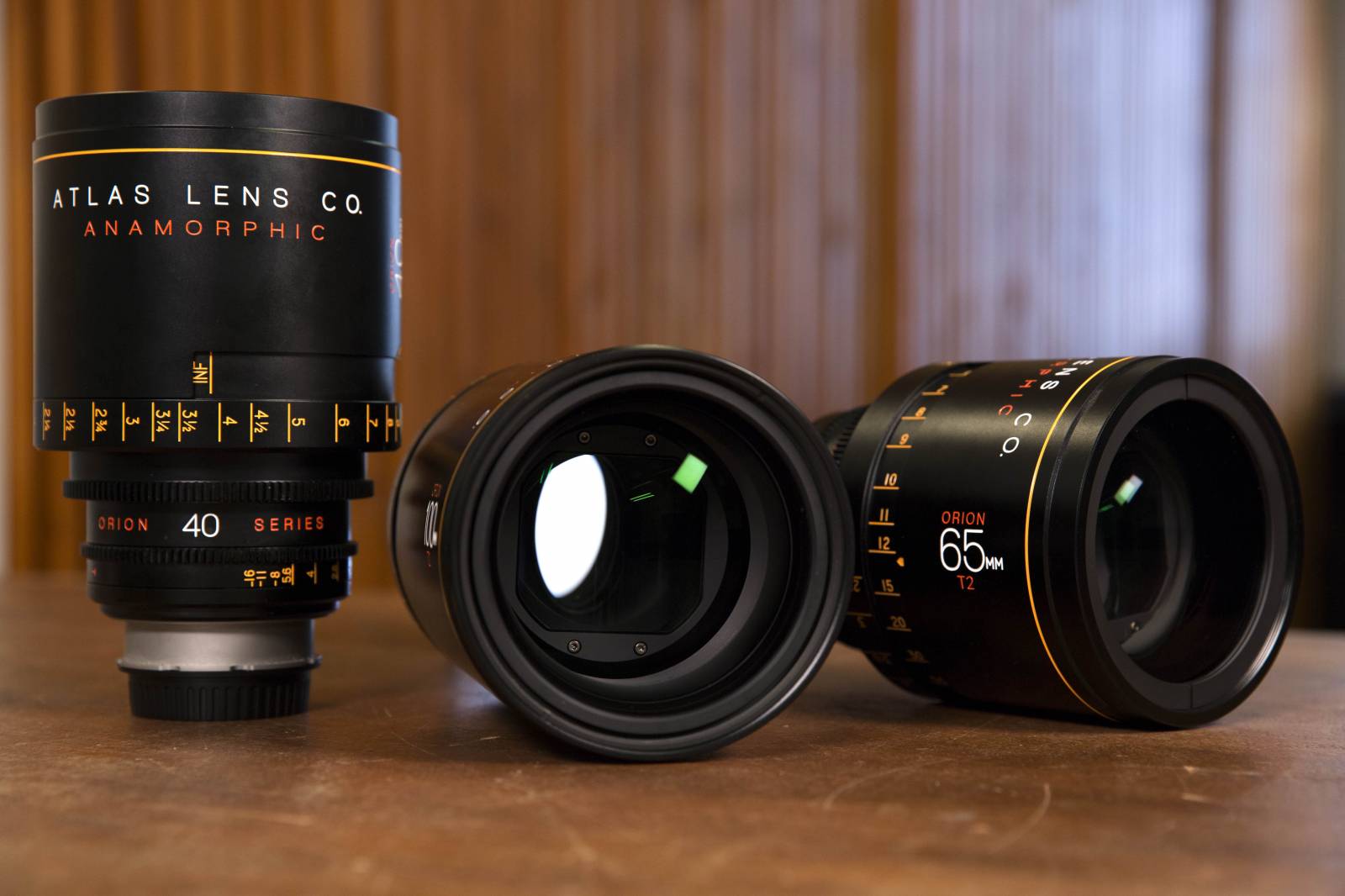Dragon is one of the twelve animals representing a year in the Chinese zodiac calendar, and it plays a very important role as an auspicious creature in Chinese legends. Depicted as a holy animal with a snake-like body but with claws on its feet and hands, the dragon has been at the heart of Chinese culture since ancient times.
This mystical beast has been a symbol of imperial power and wealth and signifying long life, fertility, and wisdom. In fact, it has been depicted in many paintings by the Emperors of ancient China, who were considered to be the most powerful rulers of the land.
In this article, we look at how dragons have been portrayed throughout the rich and varied Chinese culture.
Brief History & Origin of the Dragon Paintings in China
Chinese dragon paintings are traditional art born with many Chinese legends, songs, and literature. The earliest dragon paintings date back to the Neolithic Age, more than 8,000 years ago. And today, dragon paintings have evolved into an independent style with outstanding artistic characteristics in the long history of Chinese social development.
With more than 20 kinds of dragons in Chinese paintings, this mythological creature has been depicted with powers comparable to that of a god. Their representation in art is undoubtedly impressive. Dragon paintings were first characterised in Western China during the Han Dynasty in 206 BC-AD 220.
Dragons then were very abstract, looking like an amalgamation of several animals. They were not given their perfectly defined shape until after the Song Dynasty (960–1279), when they were depicted with elaborate scales, wide eyes, ears like chrysanthemums, long whiskers, and flowing tails.
Cloud Dragon
The Cloud Dragon (also referred to as Ink Dragon) is one of the most famous works by Chinese artist Chen Rong, who created it in the Song Dynasty. Illustrating a unique refinement in Chinese dragon painting, the Cloud Dragon also demonstrates skillfully how to paint dragons freely and naturally, twisting and twining with rain splashes.
In this work, the cloud dragon brings upstreams transformed into clouds and mists. With his impeccable brush strokes, the artist painted lines with a flowing rhythm that depicts the dragons showing special powers to the people.
The painting was formerly collected by Chen’s ancestral house in the village of Meiyu for centuries before it was identified as the work of Chen Rong and donated to the Guangdong Museum. This historical dragon painting is regarded as China’s national treasure and is rarely publicly displayed.
Rise of the Dragon Paintings
As an ancient civilization mainly isolated from the rest of the world, the Chinese began their early artistic endeavours depicting what they understood best. It is said that during the Zhou Dynasty from 476 – 221 B.C., abundant dragon carvings were found adorning many of the earliest hunting weapons found in the region.
However, while many art forms emerged during these 1000 years, it wasn’t until the Song Dynasty that Chinese Dragon painting really began to blossom. At that time, under Song Dynasty emperors like Huizong and Shenzong, court painters began producing some of their best works.
A number of famous painters, such as Dong Yu, Wang Xiandao, and Wu Huai from the Northern Song Dynasty (960-1127), had their own distinct styles of painting dragons. For example, Dong Yu’s works often portrayed bold and unrestrained dragons without patterns similar to those in traditional Zhaoling tomb murals during the Tang Dynasty (618-907). On the other hand, Wang Xiang Dao had an elegant style while Wu Huai painted images of expressive dragons that appeared exceptionally vivid.
Of all these artists, Chen Rong from the Southern Song Dynasty (1127-1279) was the most famous of all. His art depicted floating clouds, misty scenes, and restrained beauty. Such paintings exuded a sense of beauty that was extremely popular among Chinese people.
Fun Fact: It is said that Chen Rong always painted when drunk, and sometimes he just
spilled ink as clouds, leveraged water droplets as fog, and used his scarf to pour ink on paper. His exquisite brush strokes resemble the mysterious dragon, so he was regarded as the pioneer of “dragon painting” by future generations.
Nine Dragons and Six Dragons
Nine Dragons by Chen Rong is one of the most famous dragon paintings in Chinese art history. This masterpiece was painted in the 13th century by none other than Chen Rong; this masterpiece depicts nine mythological dragons portrayed among clouds and mist above crashing waves. Six Dragons, on the contrary, depicts six dragons chasing a fiery pearl among rolling clouds and billowing mist.
These two paintings are considered to be two of the finest examples of Chinese imperial paintings from this period. Initially intended for the private delectation of the Emperor, it has a history that matches its grandeur.
Chen Rong’s Nine Dragons are currently on showcase in the Museum of Fine Arts in Boston, USA, and it continues to fascinate people’s imagination and view with awe to this day.
The Bottom Line
Chinese dragon paintings are among the most popular of all Chinese artworks, and they have brought pleasure to collectors throughout the world. These paintings contain profound meanings, good wishes, and blessings contained in every stroke of the brush. Due to their beneficial nature, paintings of Chinese dragons are often hung in homes or in places of business to bring good luck and prosperity to the occupants.






